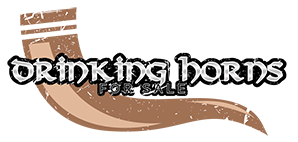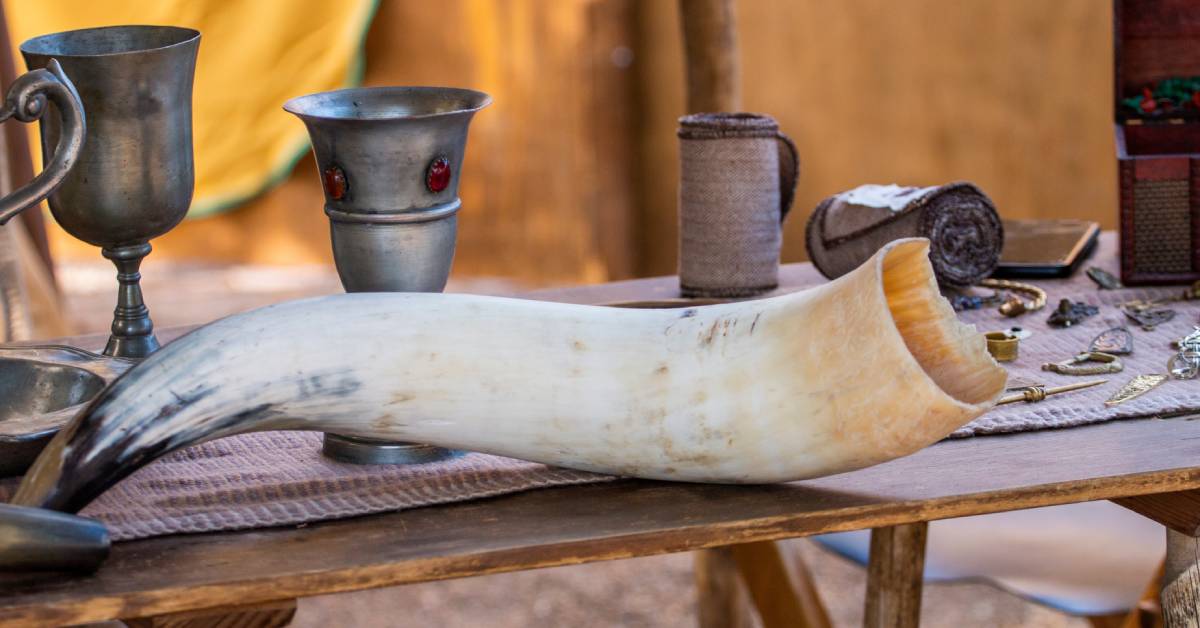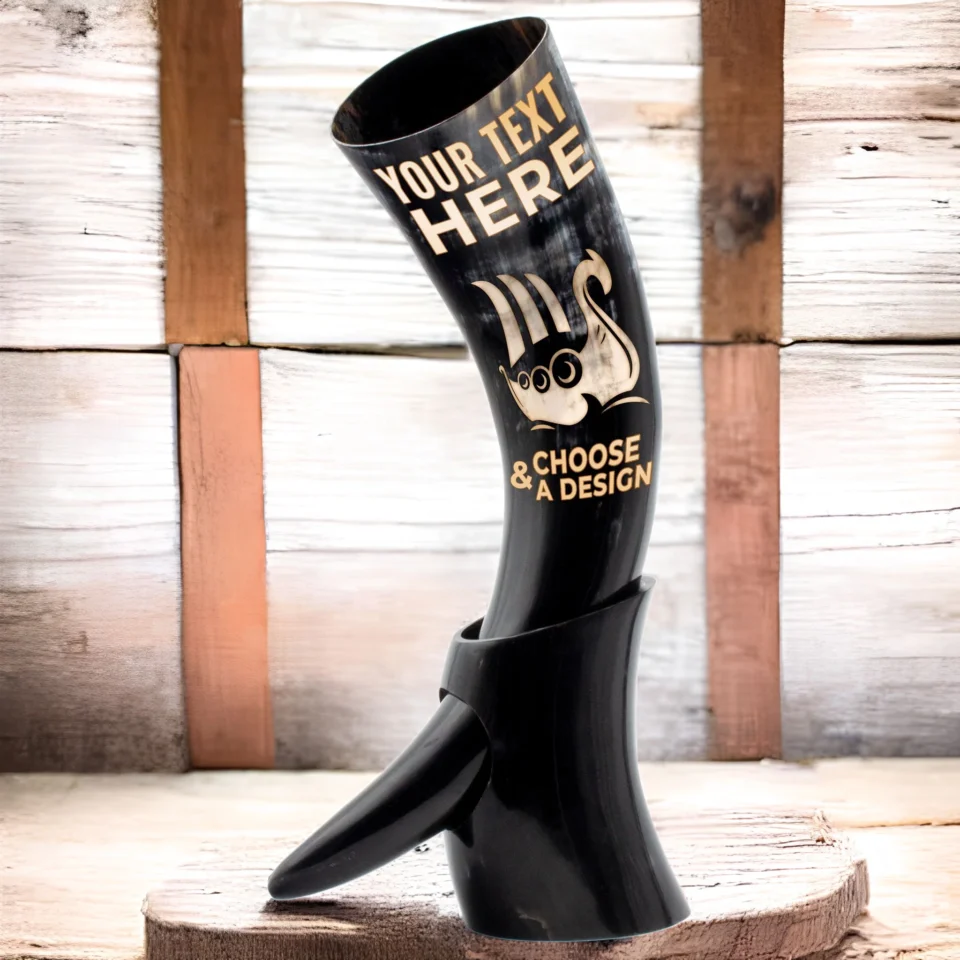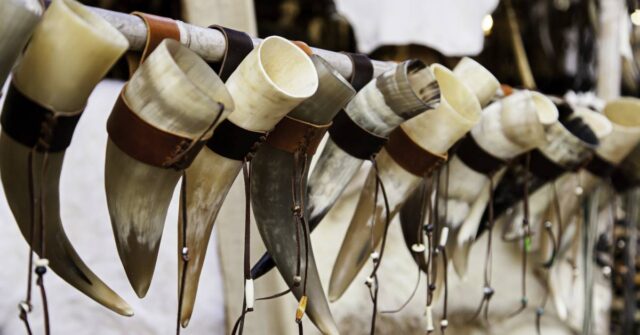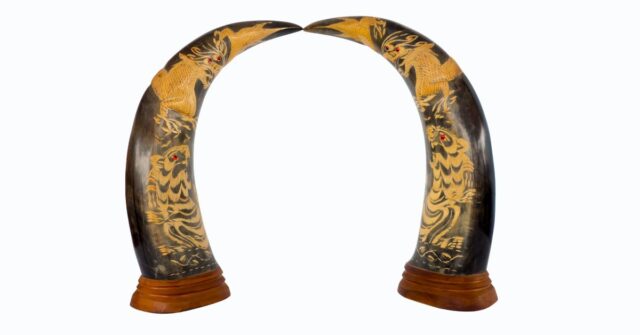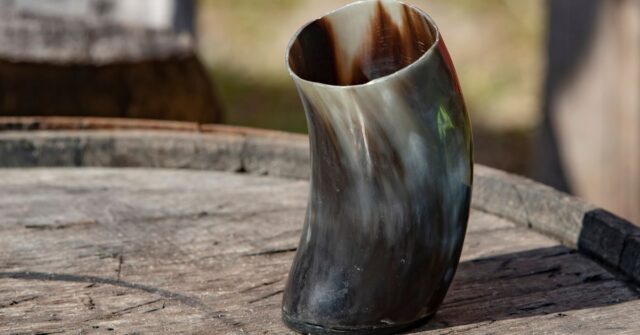From ancient feasting halls to contemporary gatherings, drinking horns have held a prominent place in history and culture.
This article explores the anatomy of the drinking horn, delving into its different parts, its historical significance, and its modern usage. Let’s embark on this journey to discover the allure and enduring appeal of drinking horns.
Introduction to Drinking Horns
Drinking horns, as the name suggests, are drinking vessels made from animal horns. They have been an integral part of human history, serving as symbols of power, used in rituals, and even as everyday drinking utensils.
This section aims to set the stage for our exploration into the world of drinking horns.
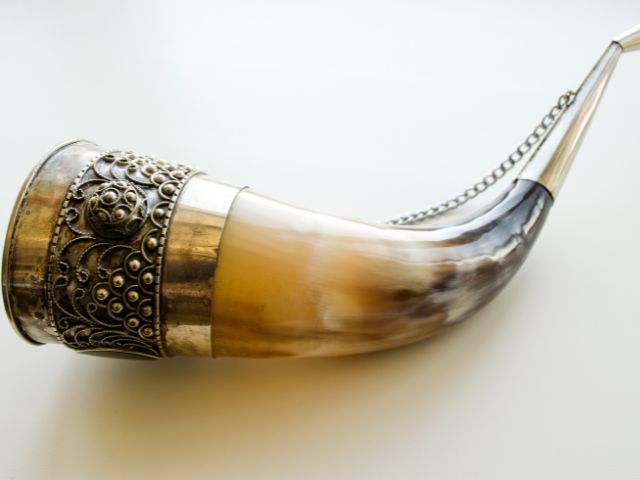
Historical Background
The use of drinking horns dates back to Classical Antiquity and they hold a special place in the annals of history. They were prevalent in many cultures across the globe, each with its unique interpretation and usage.
Origins and Early Use
Drinking horns are believed to have originated during the Bronze Age. These early versions of the drinking horn were primarily used as ceremonial vessels, although their exact usage varied among different cultures and regions.
In this section, we’ll delve into the origins and early uses of the drinking horn, drawing on archaeological findings and historical texts.
Drinking Horns in Different Cultures
The drinking horn found its way into many cultures around the world, from the Greeks and Romans to the Celts and Vikings.
Each culture imbued the drinking horn with its unique symbolism and used it in a variety of ways. Here, we’ll examine how these cultures incorporated the drinking horn into their societies and traditions.
Significance and Symbolism
Drinking horns often carried deep symbolic significance. They were seen as symbols of power, fertility, and abundance in various cultures.
In this section, we’ll explore the different meanings ascribed to drinking horns and how these interpretations evolved over time.
Material Composition of Drinking Horns
The primary material for making drinking horns is, as the name implies, a horn. However, the type of horn and additional enhancements made during the crafting process can significantly affect the final product.
This section delves into these details, exploring the variety of animal horns used and their unique properties.
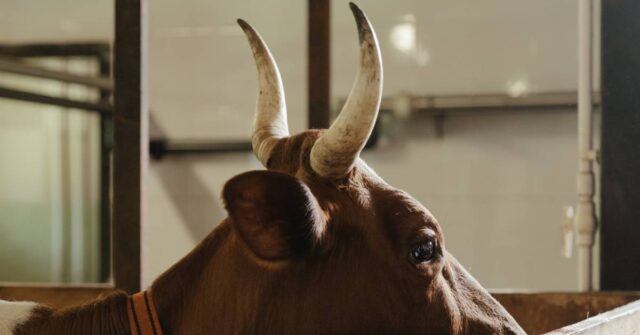
Types of Animal Horns Used
The type of animal from which the horn originates greatly affects the size, shape, and texture of the drinking horn.
Commonly used horns come from bovines, such as cattle and buffalo, but other animals like goats and sheep may also be used. We’ll discuss these differences and how they impact the final product.
The Natural Properties of Horn
Horn, a naturally durable and lightweight material, offers an ideal medium for crafting drinking vessels. It provides natural insulation properties, and its uniqueness ensures that no two horns are alike.
This section explores the physical and aesthetic properties that make horn an excellent material for such purposes.
Alterations and Enhancements
While the natural state of the horn provides a solid foundation, artisans often modify and enhance the horn to create a more functional or aesthetically pleasing drinking vessel.
This can involve reshaping the horn, polishing it for smoothness, or sealing the interior to make it suitable for drinking. Let’s explore these techniques and their implications.
Anatomy of a Drinking Horn
Drinking horns, while varying greatly in size, shape, and decoration, all share a common structure.
This section breaks down the anatomy of a drinking horn into its fundamental components: the tip, the body, and the mouth. Each part plays a role in the functionality and aesthetics of the horn.
The Tip
The tip of the drinking horn, often pointed and narrow, was traditionally left as is or capped with metal for reinforcement.
It serves as the base of the horn when placed on a surface. Here we’ll delve into the practical and aesthetic considerations of this fundamental component.
The Body
The body of the drinking horn is the largest and most visually striking component. It holds the beverage and provides the primary canvas for any decorative elements.
In this section, we’ll discuss how the body’s shape and size can vary and what impact this has on the horn’s use and appearance.
The Mouth
The mouth of the drinking horn is where the drink is poured in and sipped from. It may be left in its natural state or rimmed with metal for additional strength and aesthetic appeal.
We’ll explore the functional and decorative aspects of this vital part of the drinking horn.
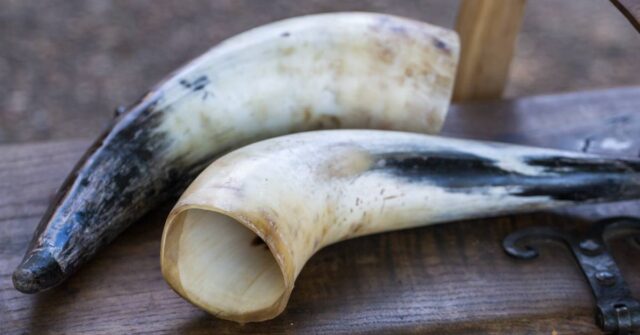
Decoration and Adornment
One of the most striking features of many drinking horns is the elaborate decoration that adorns them.
From intricate engravings and carvings to the use of metals and precious stones, these embellishments add to the horn’s visual appeal and symbolic meaning. Let’s delve into the artistry that goes into decorating drinking horns.
Engravings and Carvings
Artisans often etch intricate designs into the surface of drinking horns. These engravings and carvings might depict scenes from mythology, nature, or daily life, or they could be purely abstract designs.
We’ll explore the techniques artisans use and the meanings behind these decorative elements.
Metals and Precious Stones
Beyond carving, many drinking horns feature adornments using metals like silver, gold, and bronze or inlaid with precious stones.
These materials not only add to the visual appeal but can also enhance the horn’s symbolic power or status symbolism. Let’s examine the use of these materials in the decoration of drinking horns.
Functional Aspects of Drinking Horns
While drinking horns are often works of art, they’re also functional objects designed for the consumption of beverages.
This section examines the practical aspects of using a drinking horn, from their role in drinking rituals to how they’re balanced and cleaned.
Usage in Drinking Rituals
Drinking horns have traditionally been central to various drinking rituals. They were passed around in ceremonies, used to make toasts, or even used in games.
Here, we’ll explore the functional role of drinking horns in these rituals across different cultures and historical periods.
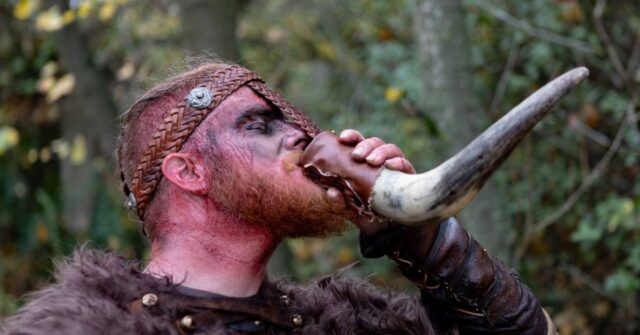
Maintaining Balance
Unlike modern cups and glasses, drinking horns can’t typically stand upright on their own. This requires the user to hold the horn while drinking or use a specially designed stand.
In this section, we’ll discuss these unique balancing challenges and the solutions that have been devised.
Hygiene and Cleaning
Drinking horns require specific cleaning methods to maintain their functionality and preserve their lifespan. This is largely due to the organic nature of the horn.
We’ll explore the best practices for cleaning and caring for drinking horns to ensure they remain safe and enjoyable to use.
Modern Use and Interpretations
Despite their ancient roots, drinking horns continue to find relevance in contemporary society.
They appear in pop culture, are crafted by modern artisans, and are cherished by individuals drawn to their historical and cultural significance.
In this section, we’ll explore the present-day uses and interpretations of drinking horns.
Drinking Horns in Popular Culture
From television series and films to music and literature, drinking horns make regular appearances in modern pop culture.
They often serve as symbols of an era gone by, or as markers of specific cultures and traditions. Here, we’ll discuss some notable appearances of drinking horns in popular culture and their impact.

Contemporary Craftsmanship
Today, skilled artisans continue the tradition of crafting drinking horns, often combining time-honored techniques with modern innovations.
Some make faithful replicas of historical designs, while others bring their unique creative visions to this ancient form. Let’s delve into the world of contemporary drinking horn craftsmanship and its trends.
Acquiring and Caring for a Modern Drinking Horn
Whether purchased as a piece of functional art, a nod to one’s heritage, or a unique addition to a collection, a modern drinking horn can be a prized possession.
However, acquiring and caring for one involves some knowledge and considerations. In this section, we’ll guide you through these processes and provide tips for maintaining your drinking horn in optimal condition.
Conclusion: The Enduring Appeal of Drinking Horns
From ancient ritual artifacts to modern novelty items, the drinking horn has traversed centuries, adapting and enduring in its appeal.
This article has journeyed through its anatomy, history, artistry, functionality, and modern-day significance.
Ultimately, whether viewed as an artifact of a bygone era or as a unique vessel for enjoying a favorite beverage, the drinking horn continues to captivate us with its history, beauty, and symbolism.
